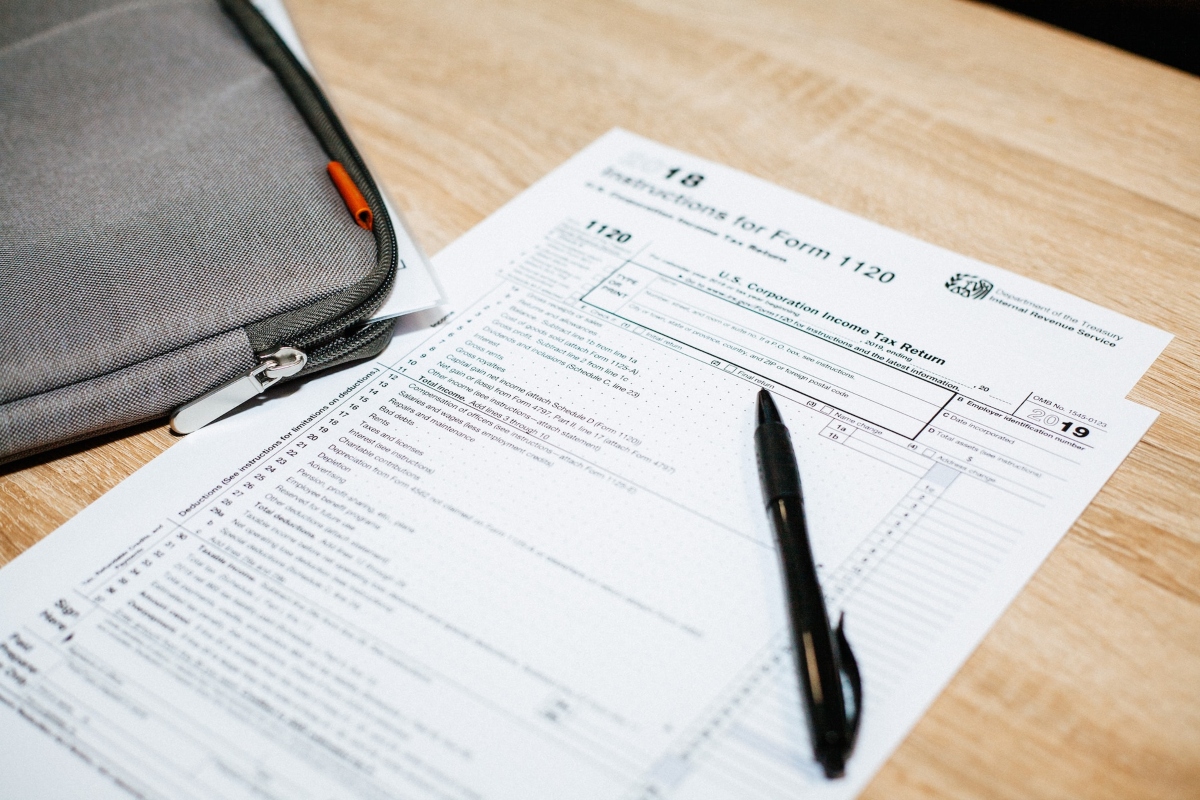Some 75% of U.S. residents get a federal tax refund annually. Last year, the average check sent by Uncle Sam totaled $3,200.
That’s a pretty decent pile of cash for many Americans. With your federal return accepted and the refund on its way, here are smart uses for a tax refund.
7 Smart Uses For A Tax Refund

1. Bolster Your Emergency Fund
An emergency fund can keep you out of debt, in that it will prevent you from having to pull out the plastic whenever something unexpected happens, as it invariably does.
You should have at least $1,000 put away, but aim for at least six months’ living expenses. Using your return to help you get there is a wise move that will give you peace of mind.
2. Erase Credit Card Debt
With an average interest rate of 19.28%, credit card debt can be expensive. It’s a good idea to apply at least some of your refund toward them if you have credit card balances.
A good strategy is to pay off the card with the highest rate first and make required minimum payments on the others. On the other hand, you might want to pay off the smallest balance first if your debt is larger than your refund.
Employing the debt “snowball method” can give you the encouragement you may need to make continued progress.
3. Begin a Side Business
Perhaps you came up with an idea for a new business while spending time at home during the pandemic quarantines.
Maybe you’re considering monetizing your hobby. Why not use your refund as seed money to get you started, perhaps to develop a website or set up inventory.
4. Contribute to Retirement Plans
Adding to your retirement savings or kickstarting a retirement plan is another good use of your tax refund. Look into a traditional IRA or a Roth IRA to supplement your retirement savings. This year, people under age 50 can contribute a maximum of $6,500. Those older than 50 can add up to $7,500.
5. Beef Up Your Health Savings Account (HAS)
If you have an HSA, which allows you to set aside funds on a pre-tax basis to pay for eligible medical expenses, you might want to consider adding to it.
After all, there may be medical expenses that you don’t expect, like your young child mistakenly swallowing a small object. It’s best to be prepared.
6. Set Up a College Fund
It’s no secret that college will cost you. Right now, the average public college education is $10,423 annually for in-state students, and $22,953 for those from out of state. That’s not small potatoes.
Thus, it might be a good idea to use your refund to establish a college funding account to remove some of the financial stress. Consider a tax-advantaged 529 plan or work with a financial professional to consider other options.
7. Improve Your Home
Some home improvement projects can save you future cash. For example, you can swap out your aging appliances with models that conserve energy or add a less-drafty front door.to your entryway.
Investing in your home is always a good idea, because it adds value if you ever have to sell it. The fact that it makes you feel good is another perfectly valid reason to do so.
Now that your federal tax return has been accepted, taking these smart uses for it to heart can keep you on solid financial footing. If your credit card debt is more than you can handle alone, consider the debt settlement strategy. It can give you a fresh start.
Read Also:
- 5 Reasons Why You Should Do a Tax Return
- 4 Reasons Why You Should Outsource Your Finances & Tax Returns
- The Best 3 Ways To Save on Your Tax Bill
Author: Jen Robbin














